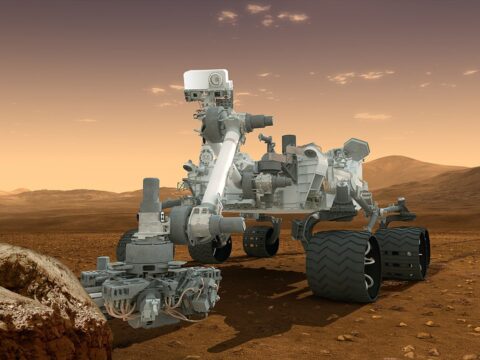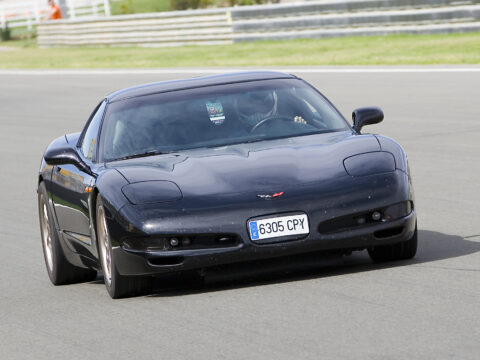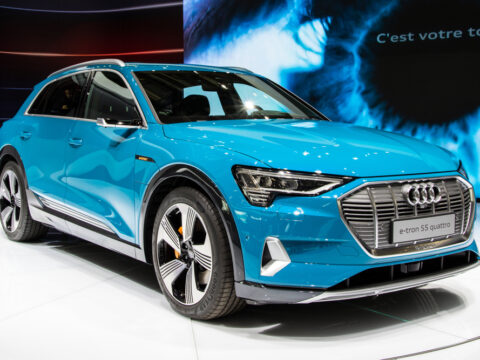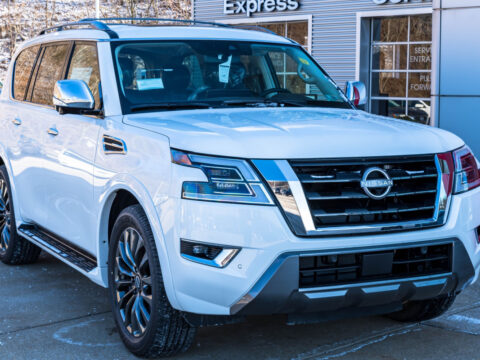Military vehicles are designed for durability and performance, but not all designs are well-received by the soldiers who use them. Some vehicles fall short in terms of practicality, comfort, or reliability. Here are some military vehicle designs that soldiers dislike, highlighting the flaws and challenges faced in the field.
Contents
Humvee (High Mobility Multipurpose Wheeled Vehicle)
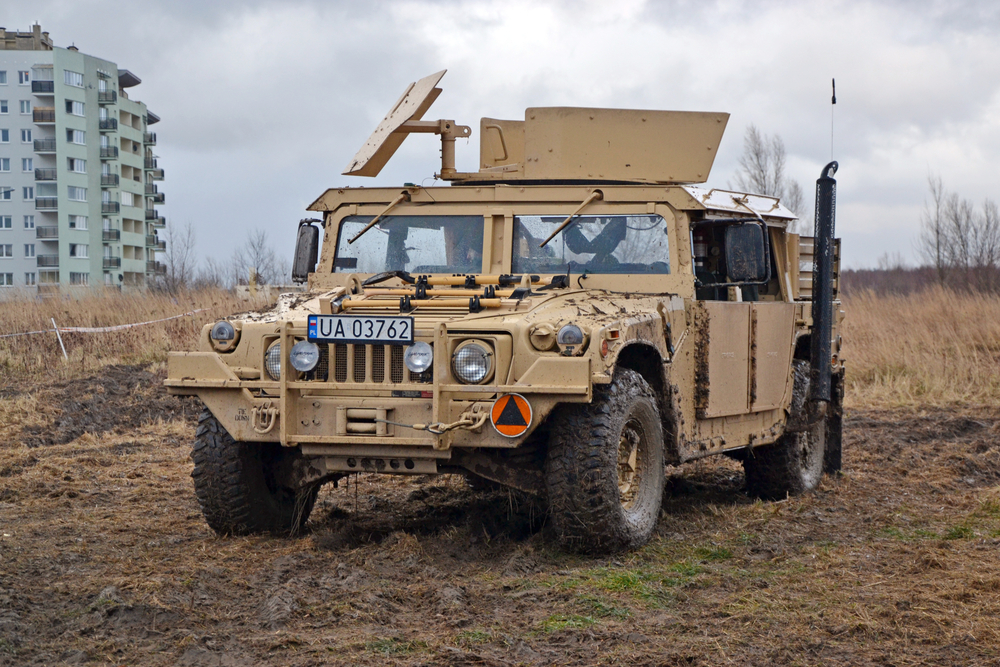
The Humvee, introduced in the 1980s, is widely criticized by soldiers for its vulnerability to improvised explosive devices (IEDs) and lack of armor protection. Originally designed for transporting troops and equipment, its 6.2-liter V8 diesel engine provides good mobility, but the vehicle struggles in modern combat zones where IEDs are prevalent. Despite upgrades, many soldiers feel the Humvee’s design is outdated and insufficient for today’s battlefield threats.
M113 Armored Personnel Carrier
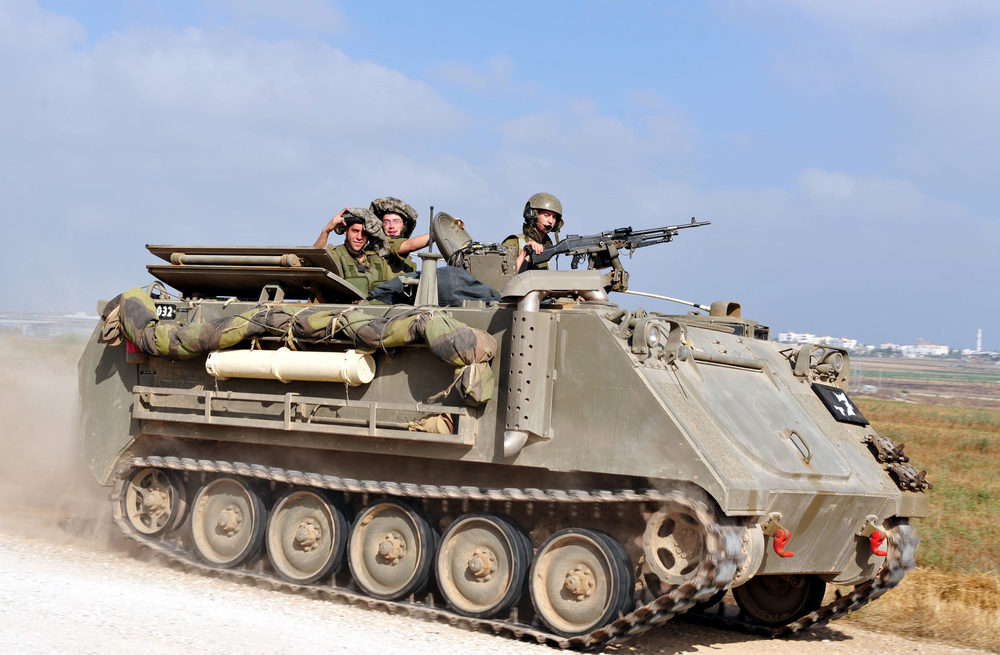
The M113, used since the 1960s, is an armored personnel carrier that soldiers often criticize for its thin aluminum armor, which provides inadequate protection against modern anti-armor weapons. Its 6V53 Detroit Diesel engine offers moderate speed, but the vehicle’s vulnerability in hostile environments makes it less favorable compared to more modern APCs.
LAV-25 (Light Armored Vehicle)
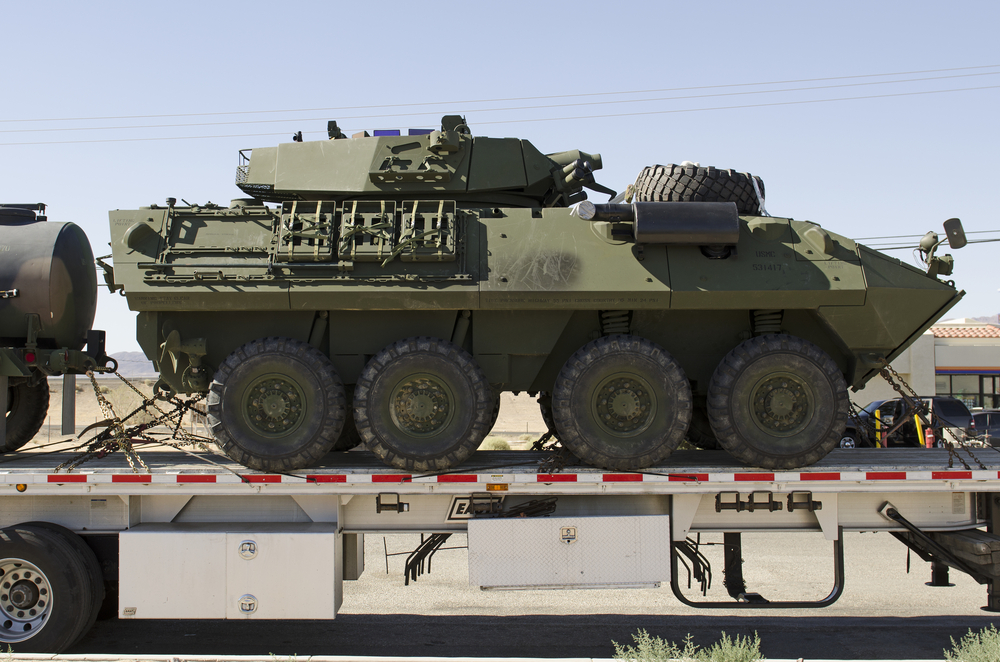
The LAV-25, a light armored vehicle with an 8×8 wheel configuration and a 6V53T diesel engine, is often disliked by soldiers for its poor protection against IEDs and heavy machine guns. Despite its mobility and 25mm cannon, the vehicle’s relatively light armor makes it vulnerable in high-threat environments, leading to concerns about crew safety.
Bradley Fighting Vehicle
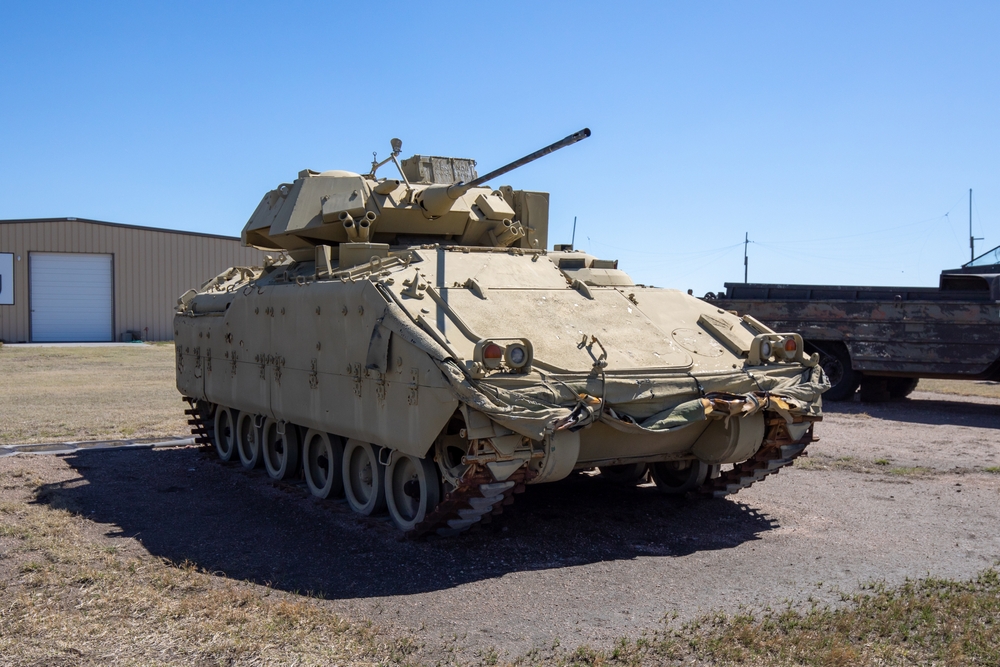
The Bradley Fighting Vehicle, introduced in the 1980s, has faced criticism for its complex maintenance requirements and vulnerability to certain types of anti-tank weapons. Its 600-horsepower engine provides good mobility, but the vehicle’s reliability issues and susceptibility to RPGs have led soldiers to question its effectiveness in sustained combat operations.
Stryker
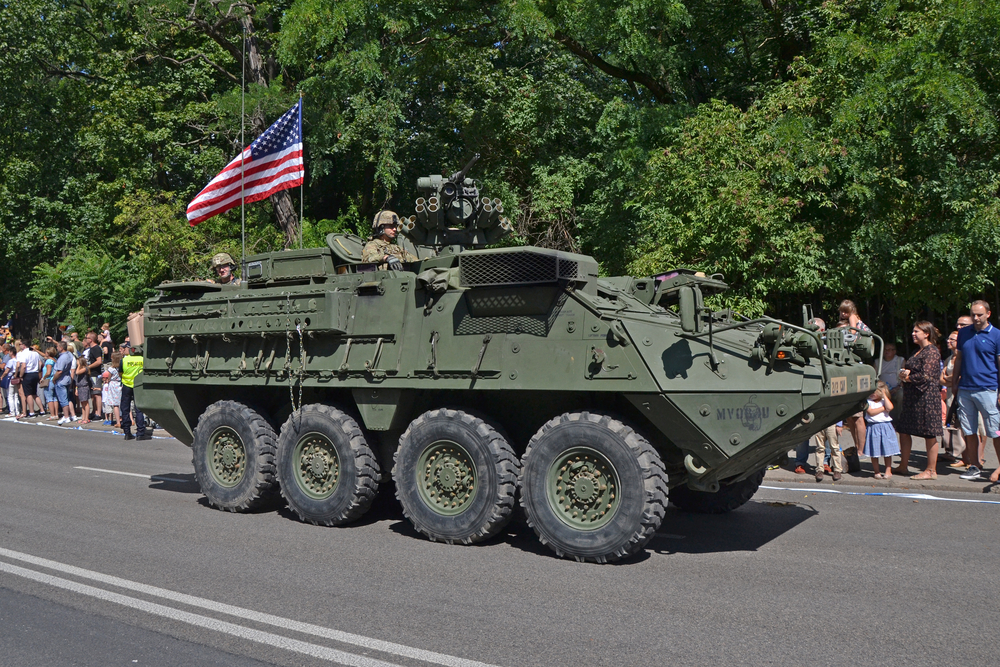
The Stryker, an 8-wheeled armored vehicle, is often criticized for its tendency to tip over on uneven terrain and its vulnerability to IEDs. Powered by a Caterpillar diesel engine, the Stryker offers speed and mobility, but its high center of gravity and less-than-ideal armor protection make it less favored by soldiers in combat zones.
MRAP (Mine-Resistant Ambush Protected) Vehicles
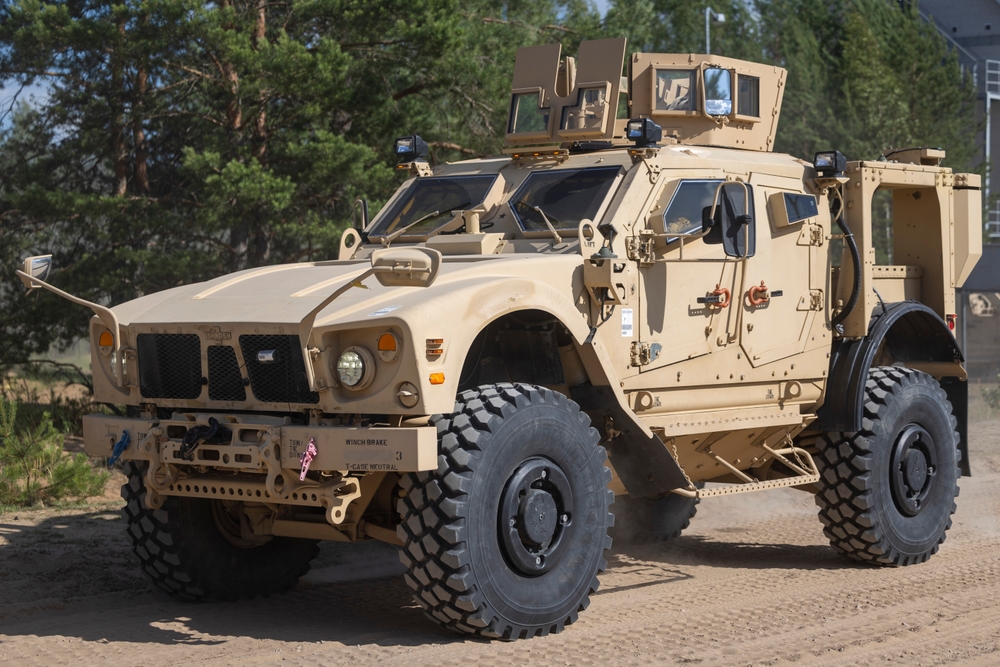
While MRAP vehicles are designed to withstand IEDs, soldiers often criticize them for their poor off-road capabilities and top-heavy design, which can lead to rollovers. Despite their powerful engines and advanced armor, the vehicle’s limited maneuverability in rough terrain can hinder operations, leading to a love-hate relationship among troops.
M60 Patton Tank
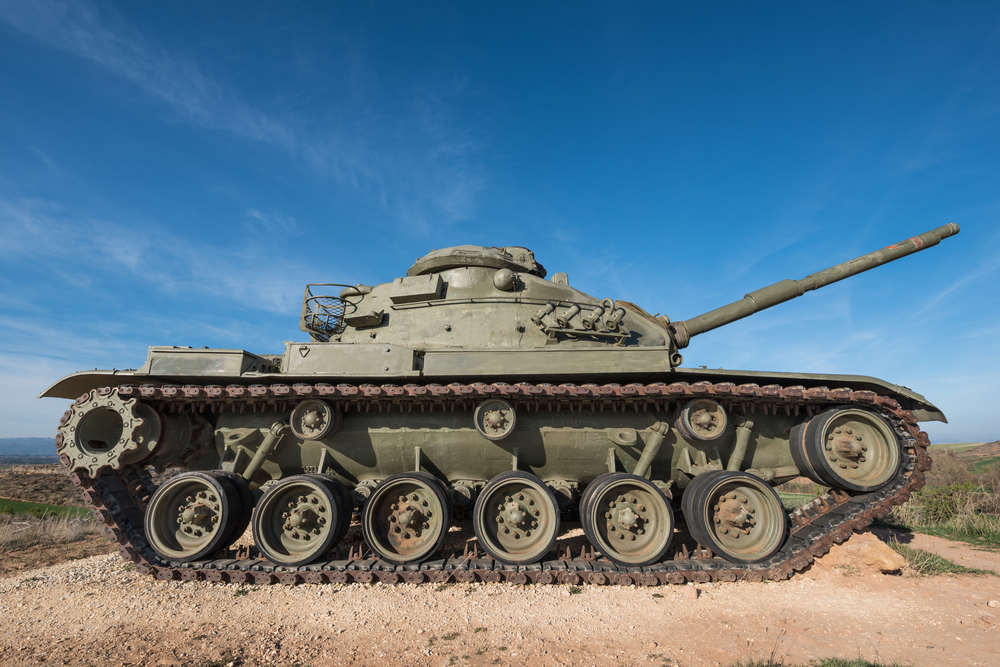
The M60 Patton, a main battle tank from the Cold War era, is often criticized for its outdated technology and cumbersome maintenance needs. Its 750-horsepower engine provides decent power, but the tank’s heavy weight and lack of modern armor make it less effective against contemporary anti-tank weapons, leading to dissatisfaction among crews.
FV432 Armored Personnel Carrier
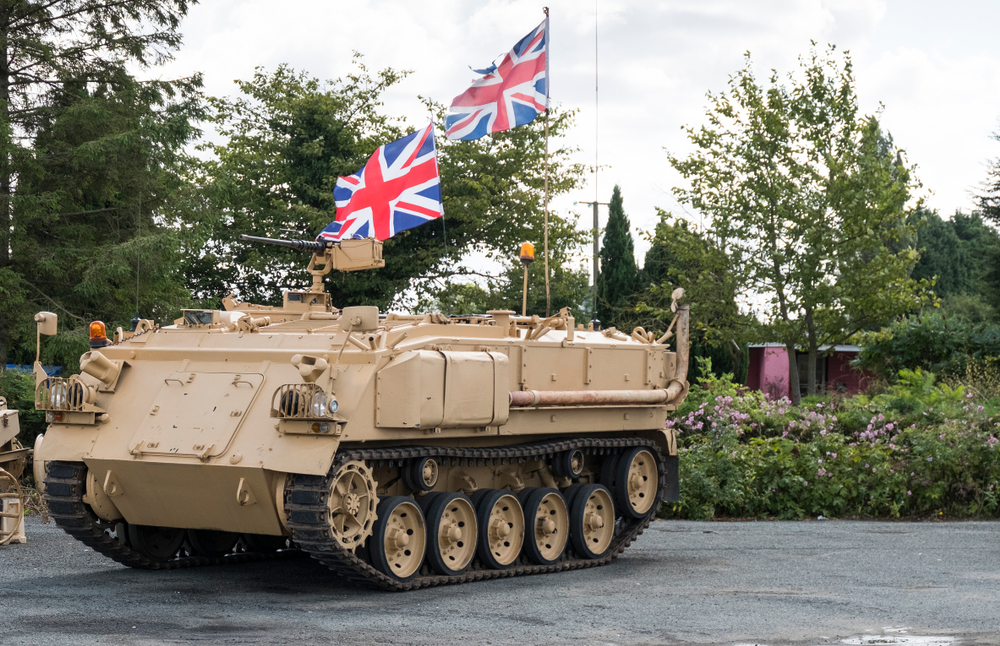
The British FV432 APC, powered by a Rolls-Royce K60 multi-fuel engine, is often criticized for its cramped interior and inadequate protection. Despite its reliability and ease of maintenance, the vehicle’s thin armor and limited space for troops make it less desirable compared to newer APC designs.
BTR-60
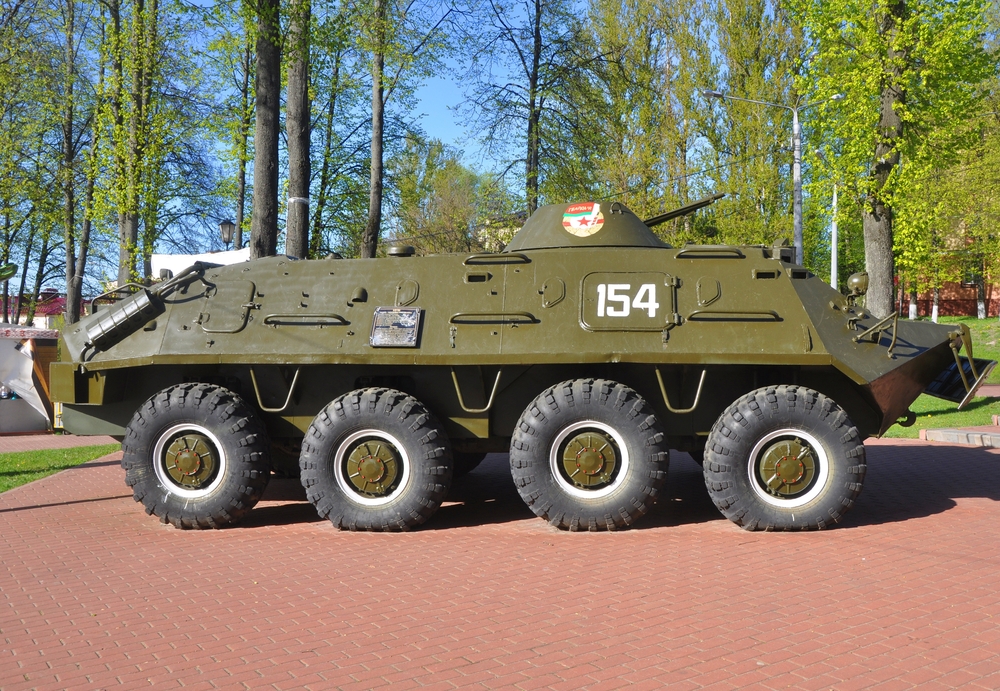
The Soviet BTR-60, an 8-wheeled armored vehicle, is often disliked for its dual gasoline engines, which are prone to overheating and offer limited power. Its thin armor provides minimal protection, and the vehicle’s open top hatches expose troops to enemy fire, making it less favored by soldiers who prioritize safety and durability.
T-62 Tank
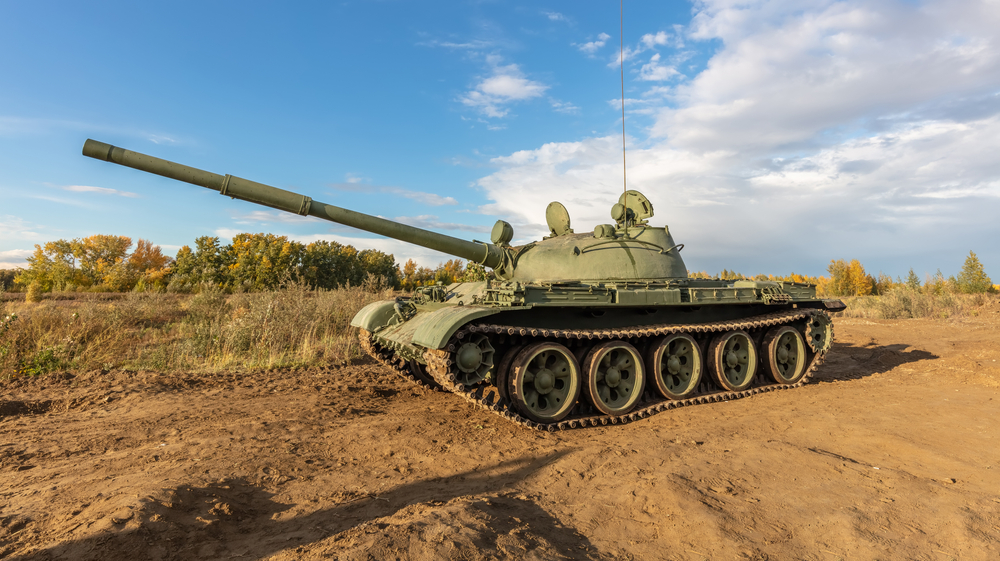
The T-62, a Soviet main battle tank, is often criticized for its cramped interior, poor ergonomics, and outdated fire control systems. Its 580-horsepower diesel engine provides decent mobility, but the tank’s limited armor protection and slow turret traverse speed make it less effective in modern combat, leading to dissatisfaction among crews.
AMX-30
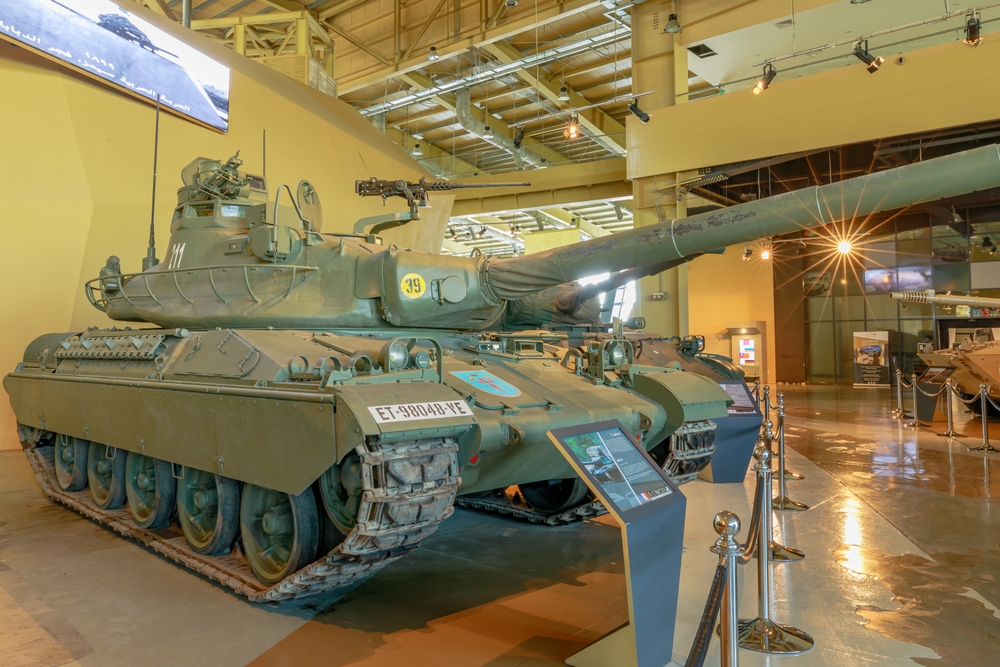
The French AMX-30 main battle tank is often criticized for its thin armor and underpowered engine. Despite its mobility and accurate gun, the tank’s 720-horsepower engine struggles with its weight, and its armor provides inadequate protection against contemporary anti-tank weapons, leading to concerns among tank crews.
BMP-1 Infantry Fighting Vehicle

The BMP-1, a Soviet infantry fighting vehicle, is often criticized for its cramped troop compartment and vulnerability to anti-tank weapons. Its 300-horsepower engine provides moderate speed, but the vehicle’s thin armor and limited firepower make it less effective in modern combat scenarios, leading to dissatisfaction among soldiers.
M60A3 TTS (Tank Thermal Sight)
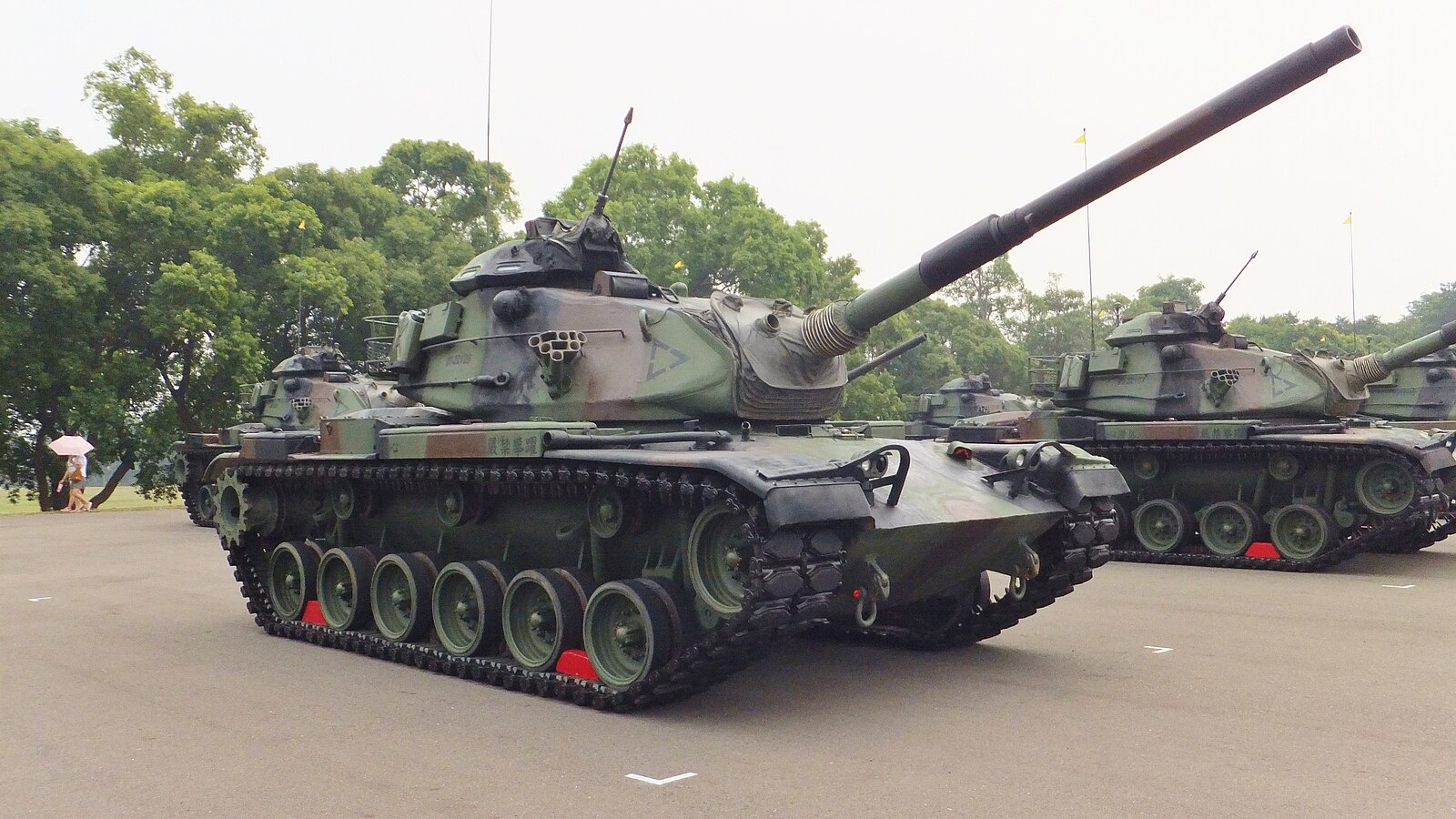
The M60A3 TTS, an upgraded version of the M60 Patton tank, is often criticized for its outdated design and cumbersome maintenance needs. While its thermal sight system offers improved targeting, the tank’s 750-horsepower engine and heavy weight limit its mobility and effectiveness against modern threats.
M548 Cargo Carrier
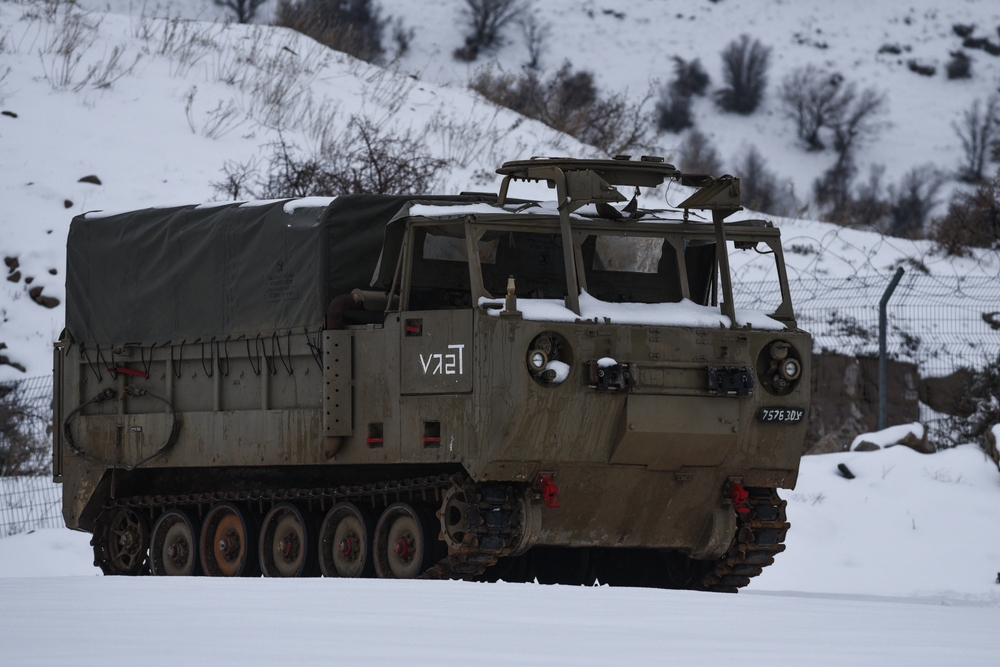
The M548, an unarmored tracked cargo carrier, is often disliked for its lack of protection and limited off-road capability. Its diesel engine provides decent power, but the vehicle’s open design exposes cargo and crew to enemy fire, making it less favored in combat zones where safety is a priority.
BTR-70
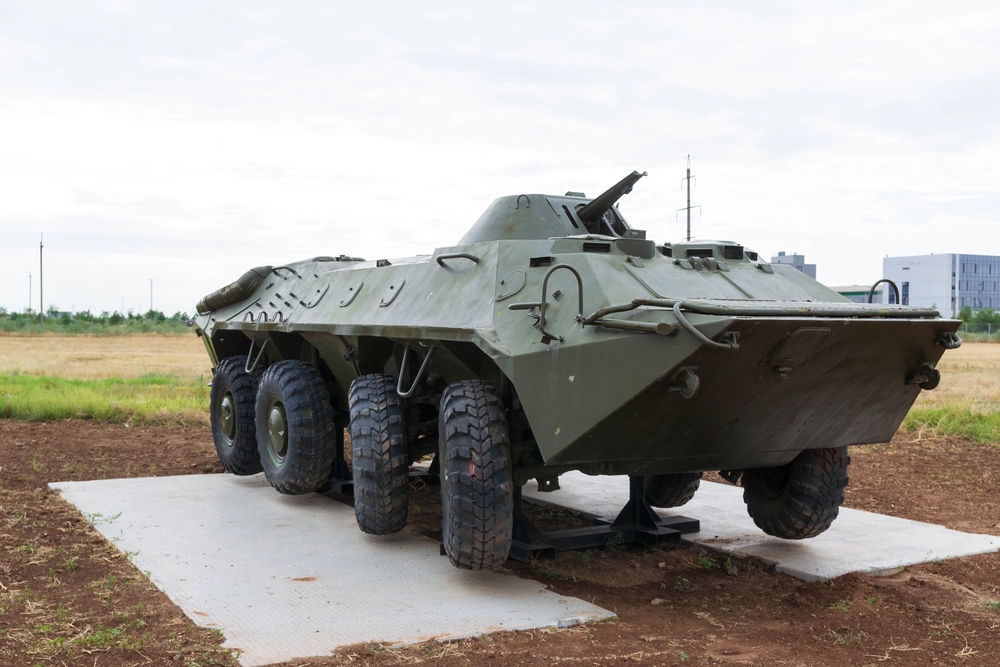
The Soviet BTR-70, an 8-wheeled armored vehicle, is often criticized for its dual gasoline engines, which are prone to overheating and offer limited power. Its thin armor and poor ergonomics make it less effective in modern combat, leading to dissatisfaction among soldiers who prefer more reliable and better-protected vehicles.
M151 MUTT (Military Utility Tactical Truck)
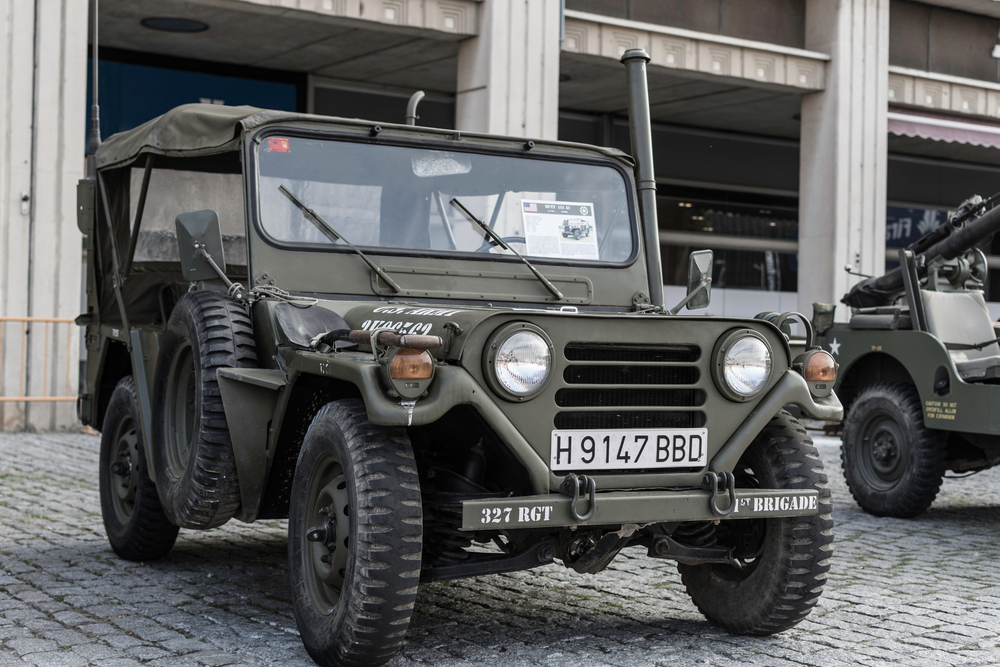
The M151 MUTT, a lightweight utility vehicle, is often criticized for its tendency to roll over due to its high center of gravity. Despite its versatility and reliable 4-cylinder engine, the vehicle’s safety issues and lack of armor make it less favored by soldiers who prioritize stability and protection.
V-100 Commando
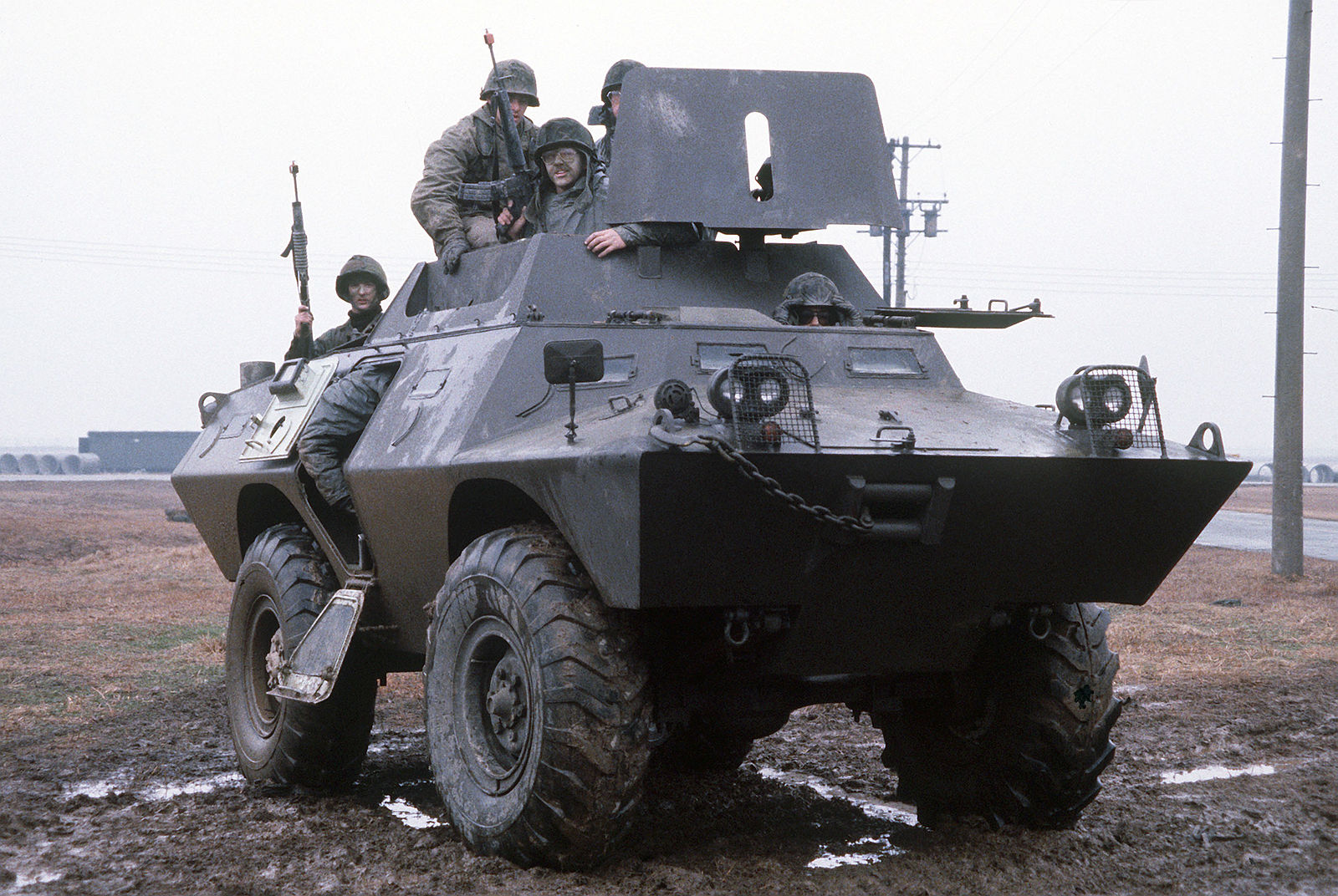
The V-100 Commando, an armored car used during the Vietnam War, is often criticized for its cramped interior and limited firepower. Despite its reliable engine and mobility, the vehicle’s thin armor provides inadequate protection against mines and small arms fire, leading to concerns about crew safety in combat situations.
M107 Self-Propelled Gun
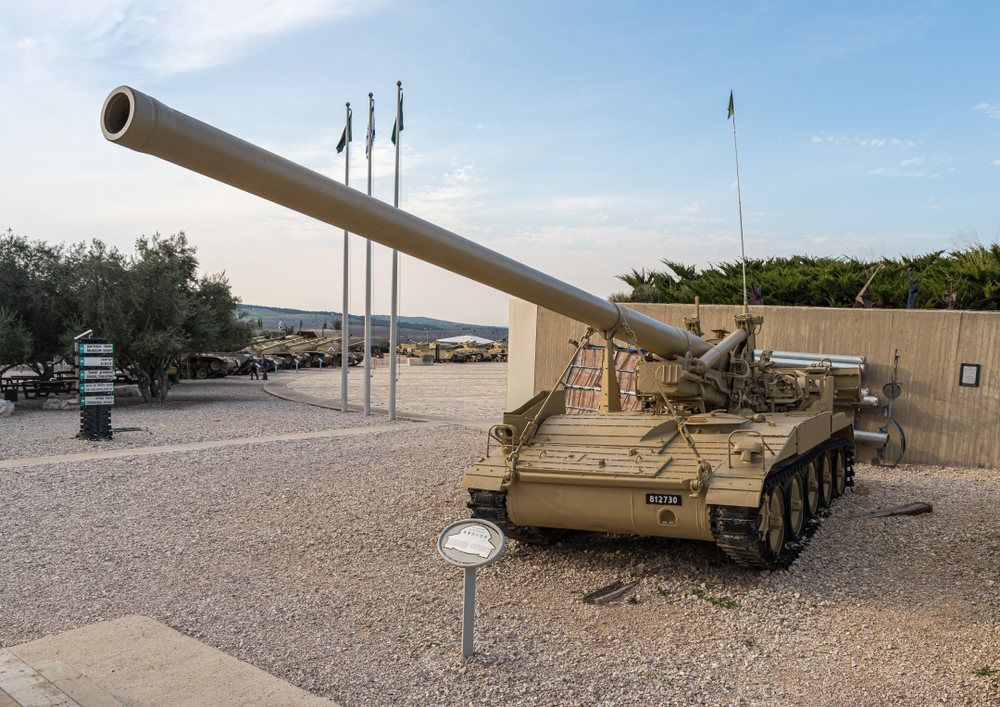
The M107, a self-propelled gun with a 175mm cannon, is often criticized for its slow rate of fire and vulnerability to counter-battery fire. Its diesel engine provides decent mobility, but the vehicle’s lack of armor protection and exposed crew positions make it less effective and more dangerous in modern artillery duels.
GAZ-66
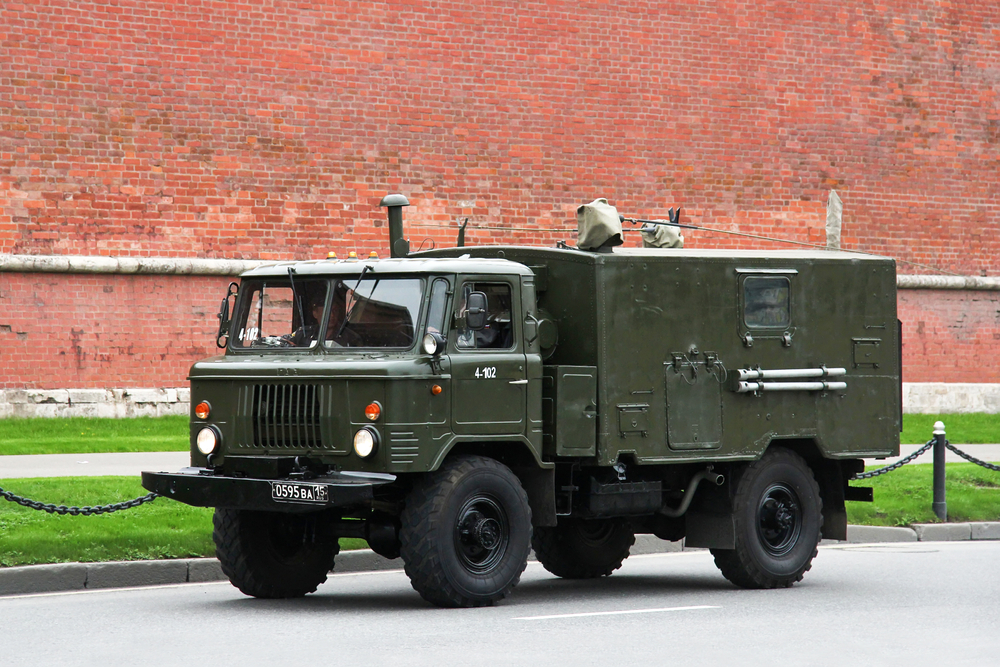
The Soviet GAZ-66, a light truck used for troop transport, is often disliked for its poor off-road performance and limited payload capacity. Its gasoline engine provides adequate power, but the vehicle’s high center of gravity and lack of comfort make it less favored by soldiers who require reliable and versatile transport options.
M3 Half-Track
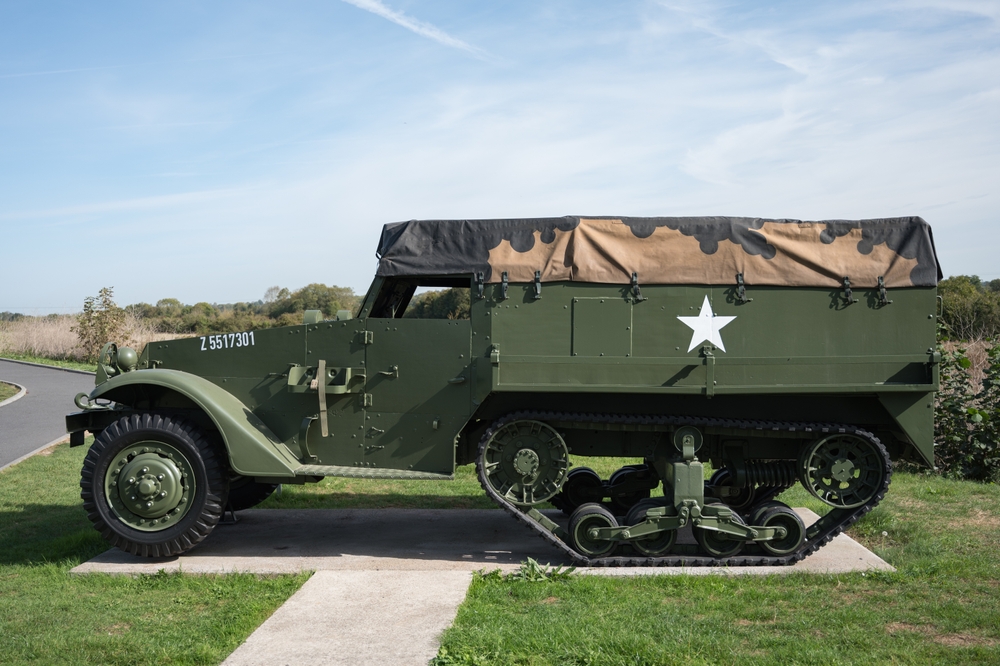
The M3 Half-Track, used extensively during World War II, is often criticized for its outdated design and lack of armor protection. Its White 160AX engine provides moderate power, but the vehicle’s open top and exposed sides make it vulnerable to enemy fire, leading to concerns about crew safety in combat scenarios. Despite its historical significance, it is less favored in modern military contexts.
This article originally appeared on MyCarMakesNoise.
More from MyCarMakesNoise
10 Motorcycles That Will Run for Decades Without Breaking Down

When it comes to choosing a motorcycle, reliability is often one of the top concerns for riders. Whether you’re commuting daily or embarking on long road trips, having a bike that can run for decades without breaking down is essential. Read More.
15 Top Luxury Sedans with Powerful V6 Engines

Regarding luxury sedans, a powerful V6 engine can transform a smooth, elegant ride into an exhilarating driving experience. Combining the best of both worlds – luxury and performance – these sedans offer more than just plush interiors and cutting-edge technology. Read More.
10 Military Aircraft Features Pilots Find Frustrating

Military pilots operate some of the most advanced and powerful machines in the world, but these aircraft are not without their challenges. While they are designed to perform under the most extreme conditions, certain features can make a pilot’s job more difficult and, at times, downright frustrating. Read More.

